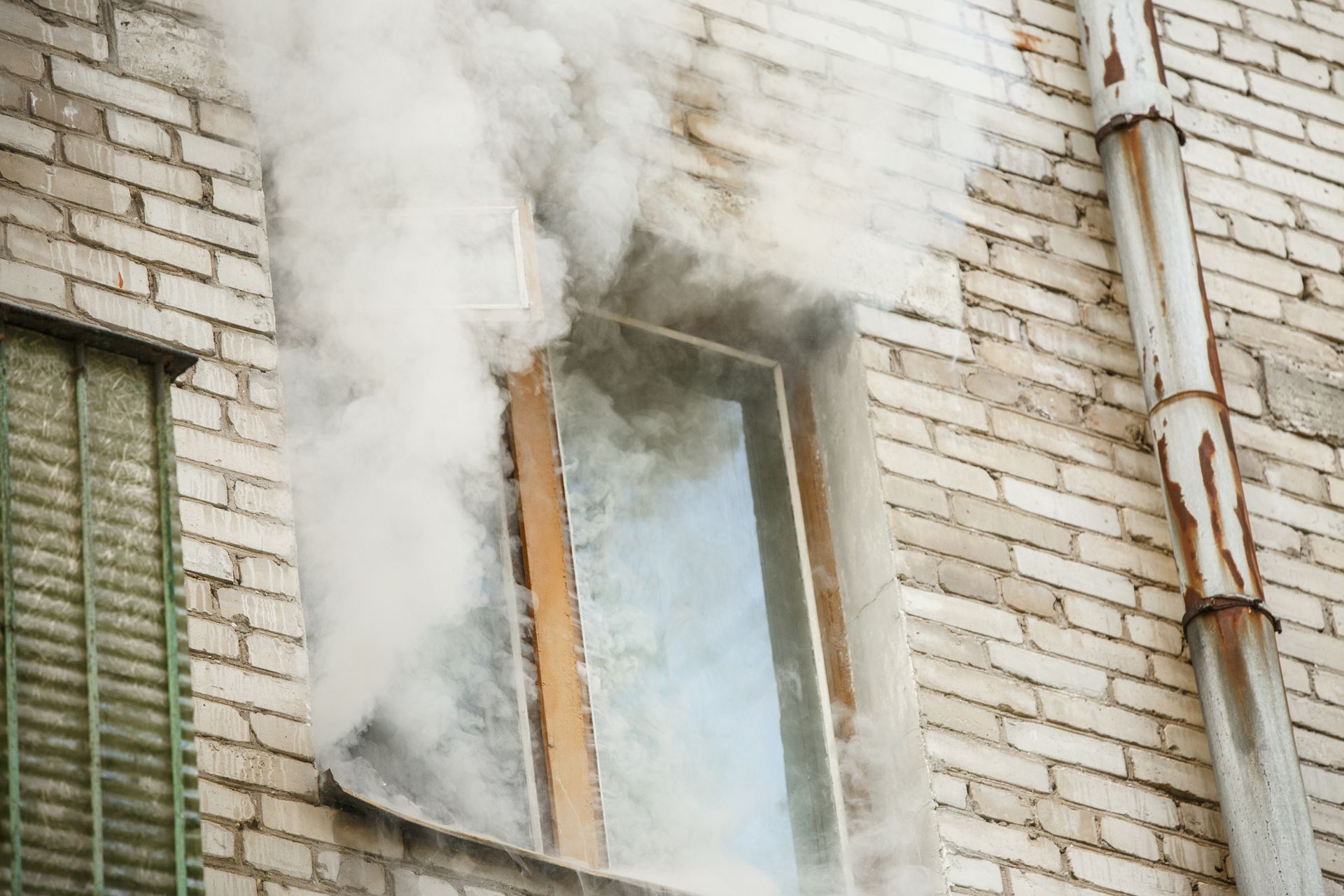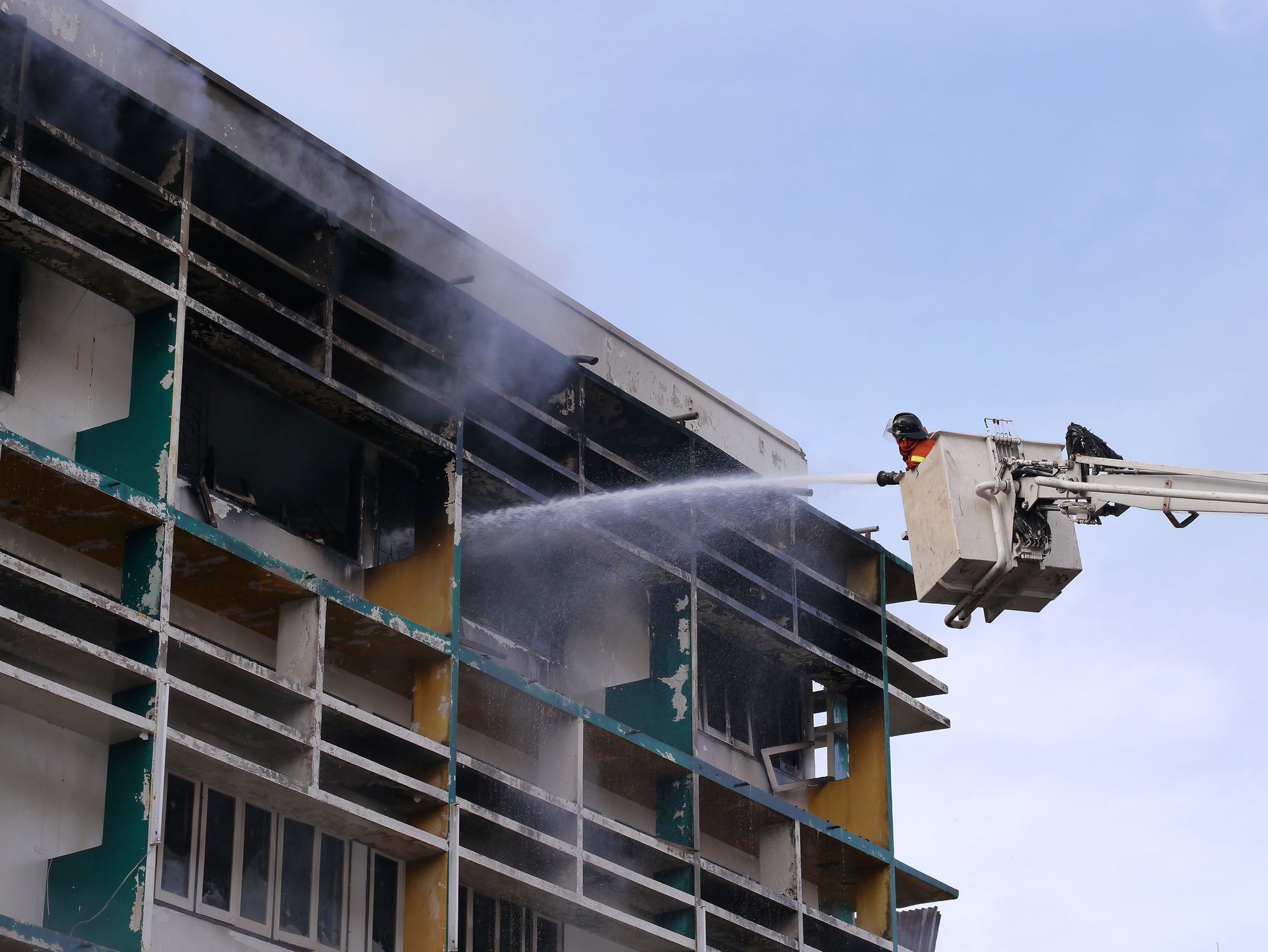Introduction
The aftermath of a devastating fire can leave both physical and emotional scars on a community. When the flames die down, the real work begins—not just in terms of rebuilding structures but also in mending the social fabric that binds neighbors together. In this article, we will explore the concept of community resilience and how neighbors can support restoration each other post-fire. With a focus on practical strategies and shared experiences, we aim to foster a sense of unity amidst adversity.
Community Resilience: How Neighbors Can Support Each Other Post-Fire
Community resilience refers to the ability of individuals and groups within a community to come together, adapt, and recover from adversity. After a fire, this resilience is put to the test as residents face loss, trauma, and uncertainty. However, it’s also an opportunity for neighbors to step up and support one another in meaningful ways.
Understanding Fire Restoration in Denver, CO
What is Fire Restoration?
Fire restoration involves processes to repair and restore properties damaged by fire. This includes cleaning up debris, addressing smoke damage, and restoring structural integrity. A fire restoration contractor plays a crucial role here as they have the K&D Development fire restoration expertise required to navigate complex restoration challenges.

Why Choose Local Fire Restoration Services?
When fires strike residential areas in Denver, CO, local contractors are often better equipped to respond quickly due to their knowledge of local regulations and building codes. They understand the unique challenges posed by Colorado's climate and geography.
Importance of Community Networks Post-Fire
Building Trust Among Neighbors
In times of crisis, trust becomes invaluable. Neighbors who know each other can form stronger networks that provide emotional support and logistical assistance.
Creating Shared Resources
Consider establishing community resource hubs where supplies (like food or clothing) can be shared among those affected by fire damage. This not only aids recovery but fosters camaraderie.
Emotional Support: The Heart of Recovery
Addressing Trauma Together
Experiencing a fire can be traumatic—neighbors can help each other process this trauma through open conversations or group counseling sessions.
Organizing Community Events
Hosting events like potlucks or gatherings creates safe spaces for sharing stories and healing together.
Practical Assistance: Lending a Helping Hand
Physical Labor Support
During restoration efforts, many families may struggle with heavy lifting or technical repairs. Organizing volunteer days where neighbors come together to assist with labor can ease this burden significantly.

Skill Sharing Initiatives
Do you have skills in plumbing or carpentry? Consider hosting workshops where neighbors share their talents with others who may need help during restoration efforts.
Creating Long-Term Plans for Resilience
Emergency Preparedness Training
Once the immediate aftermath has passed, it’s essential to prepare for future emergencies. Conducting training sessions about fire safety measures can empower community members.
Developing Communication Systems
Establishing channels for quick communication (like text groups or social media pages) ensures that everyone remains informed about ongoing recovery efforts.
Engaging Local Authorities for Support
Collaborating with Fire Restoration Contractors
Involving local contractors early on helps communities understand what resources are available for recovery. Collaborate with them to ensure effective fire restoration processes are followed.
Utilizing Government Resources
Local governments often provide grants and assistance programs post-disaster. Research these options collaboratively as a community.
Strengthening Neighborhood Bonds Through Shared Experiences
Storytelling Initiatives
Encouraging residents to share their experiences through story-telling circles fosters understanding and empathy among neighbors who might feel isolated in their struggles.
Commemorating Recovery Milestones
Celebrate milestones such as reopening businesses or completing home repairs through small community festivities that honor collective strength.
Volunteer Organizations: The Backbone of Recovery Efforts
Connecting with Nonprofits
Research local nonprofits focused on disaster relief—they can offer resources ranging from mental health support to furniture donations.
Establishing Volunteer Networks
Create lists of volunteers willing to assist in various capacities so that help can be efficiently mobilized when needed.
Resilience Beyond Recovery: Planning for Future Fires
Advocating for Better Fire Safety Protocols
Communities should advocate for improved fire safety measures such as better access roads or more extensive wildfire mitigation programs.
Investing in Green Spaces
Promoting initiatives that create defensible spaces around homes not only protects properties but enhances community aesthetics.
FAQs
- What should I do immediately after a fire? First, ensure everyone's safety before contacting emergency services. Once it's safe, assess damages carefully. How do I find reliable fire restoration contractors? Research local reviews online or ask neighbors who have had similar work done recently. Can neighbors help each other financially after a fire? Absolutely! Communities often set up fundraisers or crowdfunding platforms specifically designed for those affected by disasters. What resources are available in Denver post-fire? Look into local charities like the Red Cross or government programs that offer assistance following natural disasters. How long does fire restoration usually take? It varies depending on damage extent but typically ranges from weeks to months; consultation with your contractor will give you clarity. Is there psychological support available post-fire? Many communities partner with mental health organizations offering counseling; reach out locally for options available near you.
Conclusion
In conclusion, “Community Resilience: How Neighbors Can Support Each Other Post-Fire” emphasizes the importance of unity during challenging times. As we’ve explored throughout this article, fostering relationships among neighbors is vital not only during immediate recovery efforts but also in building long-term resilience against future adversities. By working together—sharing resources, offering emotional support, collaborating with professionals like fire restoration contractors—we can emerge stronger than before. A resilient community doesn’t just survive; it thrives together!